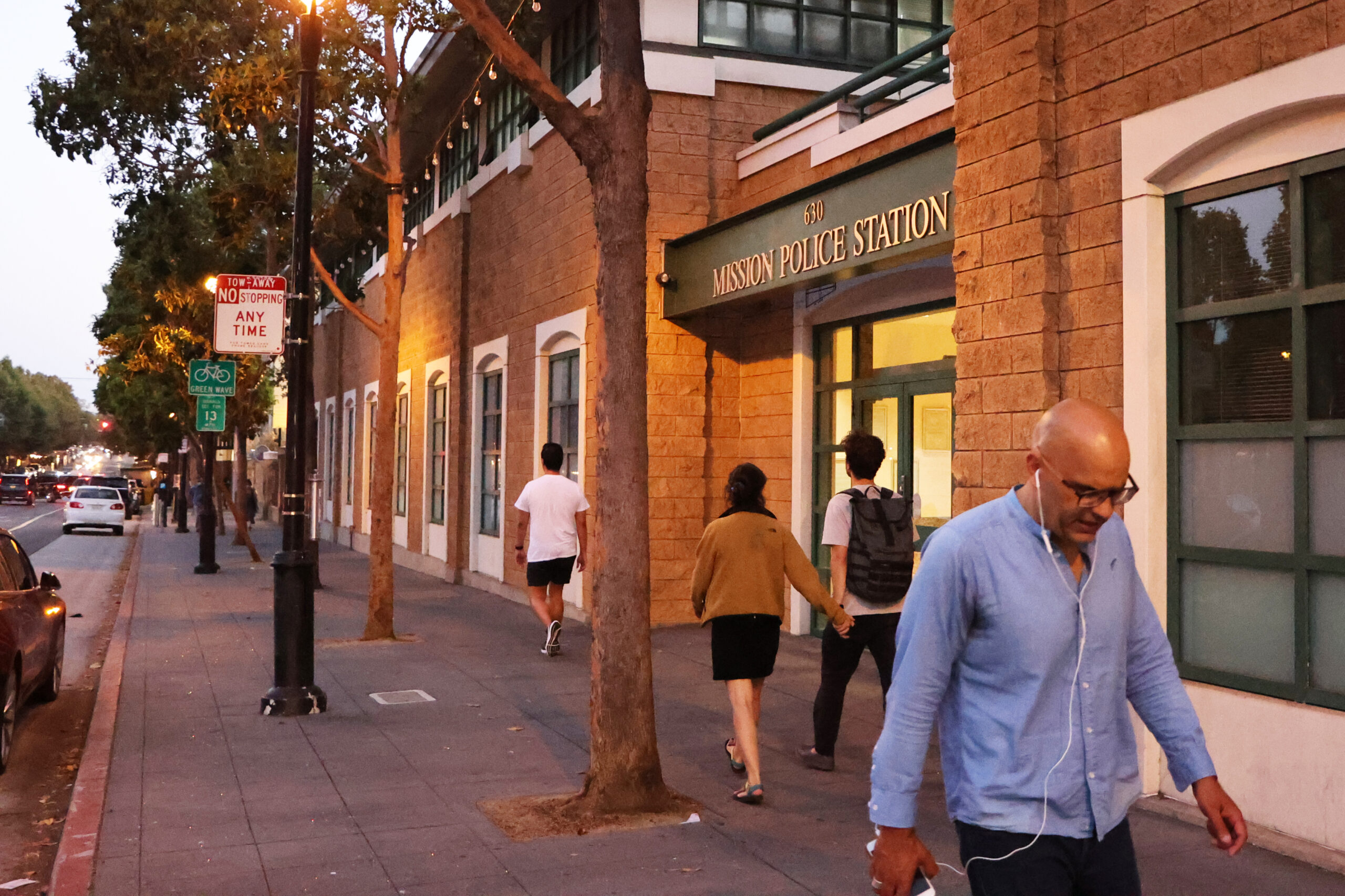Metal barricades around Mission Police Station have finally been taken down—much to the delight of local people and campaigners who fought for their removal.
Local police placed the barriers outside the station during George Floyd protests. They said it was a way to protect the station and police officers standing guard during protests.
The barriers remained in place for two years despite the protests coming to an end in 2020.
“It represents power and authority, and just creates a barrier, you know?” said Tony Partono, a 20-year Mission resident who frequently bikes along Valencia Street.
Mission Station Captain Gavin McEachern agreed with that sentiment.
“It became apparent that the barriers created a physical and symbolic image of the separation of Mission Police Station and the community we serve,” Captain McEachern said in an email.
Local resident Patricia Carr often travels in her electric wheelchair in front of the police station to get home, said she has had to have help or go out of the way to deal with the barriers occasionally, but that such cases were rare.
“Sometimes I would have to go around the block, or have someone move the barriers aside,” Carr said.
Throughout the existence of the barricades, accessibility complaints surfaced on social media, including from urban transit activists like Luke Bornheimer and Parker Day.
“This was a huge accessibility concern on such a busy corridor,” Day said on Twitter. “The sidewalk was closed 24/7 for weeks before the ends [of the barricades] were opened to allow pedestrians through.”
